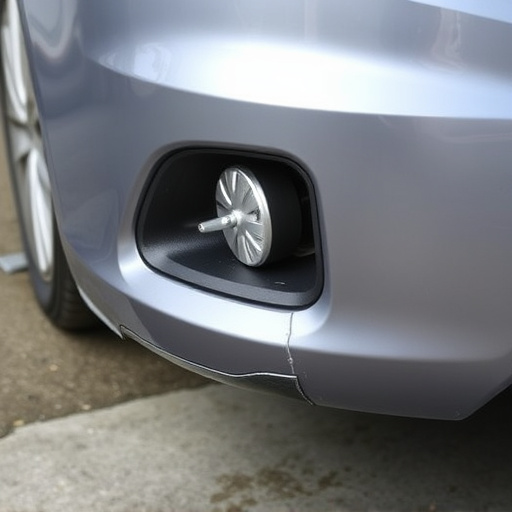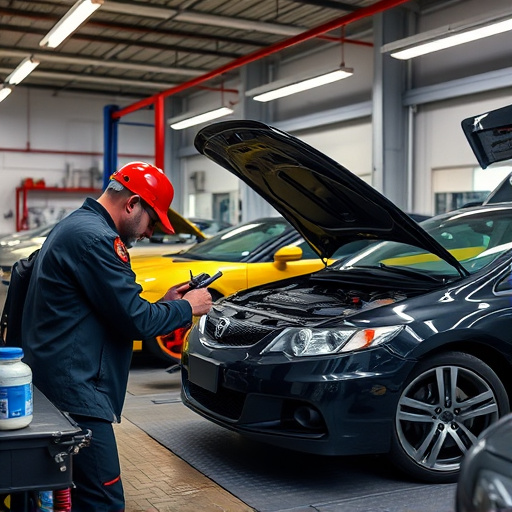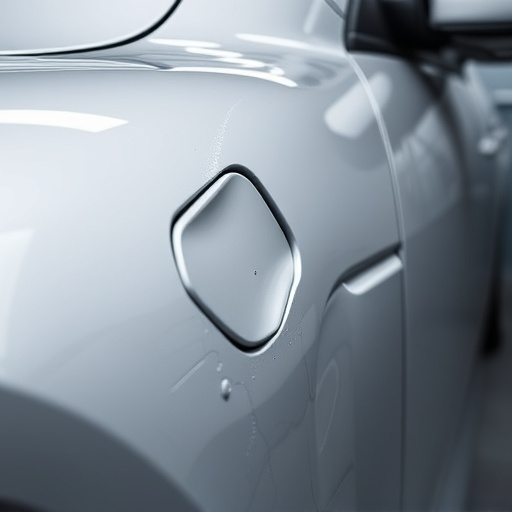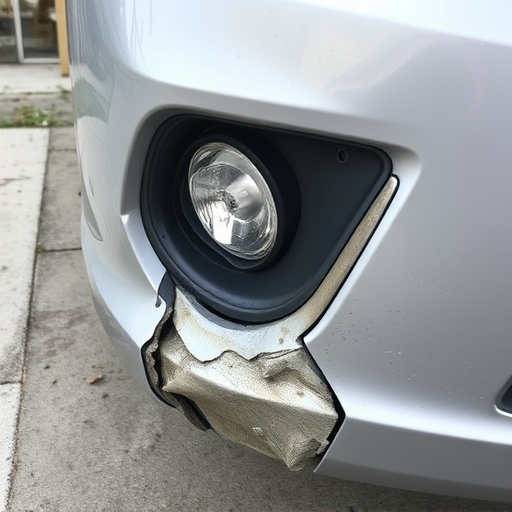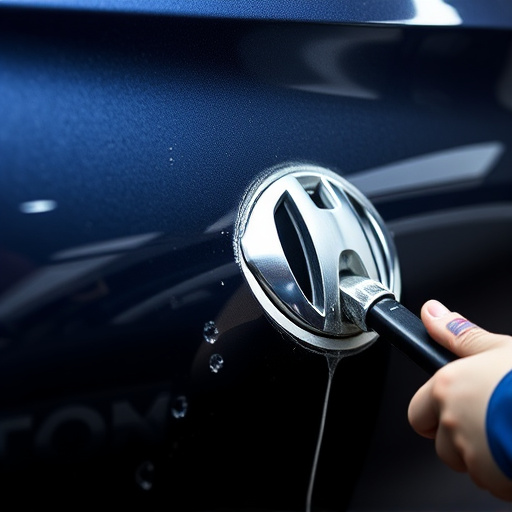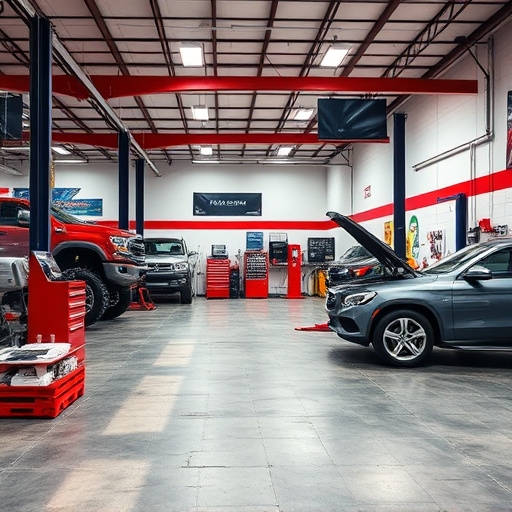Adopting eco-friendly practices in sustainable collision centers goes beyond trends, representing a deep commitment to environmental stewardship. They minimize ecological damage through green materials, solvents, and technologies, like LED lighting and advanced recycling systems. These centers prioritize water conservation, air quality improvement, and employee well-being, significantly reducing their carbon footprint and contributing to the industry's sustainability goals. Their holistic approach fosters a culture of responsible car body restoration, promoting a greener automotive industry and a healthier workplace.
A sustainable collision center isn’t just about repairing vehicles; it’s a commitment to minimizing its environmental impact. By adopting eco-friendly practices, these centers strive to reduce waste, conserve resources, and lower emissions. From using eco-conscious materials and energy-efficient systems to implementing circular economy principles in operations and supply chain management, a sustainable collision center plays a vital role in mitigating its ecological footprint. This article explores the core principles, from adopting green cleaning methods to fostering environmental awareness among staff, highlighting how these measures contribute to a greener future.
- Adopting Eco-Friendly Practices: The Core of a Sustainable Collision Center
- – Discussion on using eco-friendly materials and equipment
- – Implementation of green cleaning and waste management practices
Adopting Eco-Friendly Practices: The Core of a Sustainable Collision Center
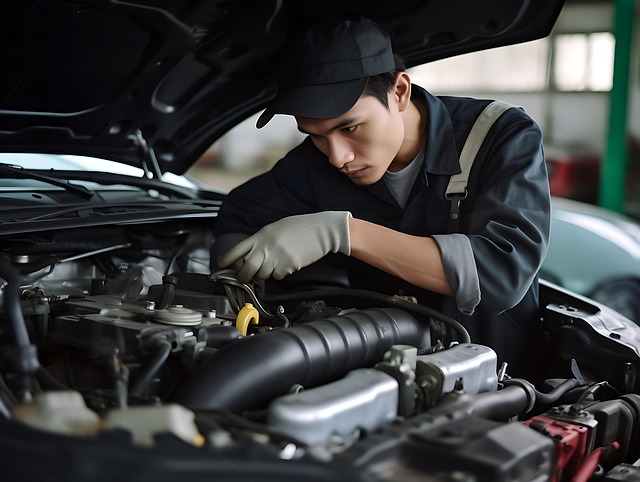
Adopting eco-friendly practices is not just a trend but a fundamental shift for a sustainable collision center. This involves embracing methods that minimize environmental harm at every stage of car repair and restoration processes, from initial assessment to final handover. For instance, using environmentally friendly materials and solvents in auto body shop operations can significantly reduce the release of toxic chemicals into the atmosphere.
Moreover, integrating green technologies in car paint services offers a chance to cut down on energy consumption and waste generation. Sustainable collision centers also prioritize water conservation through efficient cleaning techniques and recycling programs for various components. These efforts contribute to the overall reduction of the center’s carbon footprint while promoting a culture of responsible car body restoration.
– Discussion on using eco-friendly materials and equipment

At a sustainable collision center, the commitment to environmental stewardship extends to every aspect of the business, including the materials and equipment used in collision repair. This means opting for eco-friendly alternatives that not only minimize harm to the planet but also ensure the safety and well-being of employees. For instance, using water-based paints and non-toxic solvents reduces air pollution and contributes to a healthier work environment.
Moreover, investing in energy-efficient tools and machinery lowers the carbon footprint associated with auto repair shops. LED lighting, for example, uses significantly less energy than traditional incandescent bulbs. Similarly, state-of-the-art recycling systems capture and reuse materials like metal, plastic, and glass, diverting them from landfills. These practices are integral to reducing the environmental impact of collision repair shops and showcasing a genuine dedication to sustainability in the industry.
– Implementation of green cleaning and waste management practices

At a sustainable collision center, green cleaning and waste management practices are integral to its operations. These centers often adopt eco-friendly cleaning products that minimize environmental pollution, ensuring a healthier workspace for employees and reducing the release of harmful chemicals into the atmosphere. Moreover, efficient waste segregation and recycling systems are implemented to divert non-hazardous materials from landfills, promoting a circular economy.
By integrating sustainable practices in car body restoration and dent removal processes, these centers contribute to a greener environment. For instance, using water-based coatings and biodegradable solvents during the painting process reduces the carbon footprint associated with traditional chemical compounds. Similarly, recycling metal scraps and properly disposing of hazardous waste ensures that materials are given new life, minimizing the demand for virgin resources and mitigating environmental degradation in the automotive industry.
A sustainable collision center is more than just a facility; it’s a model for environmental stewardship. By adopting eco-friendly practices, these centers reduce their ecological footprint while setting an industry standard for responsible auto repair. From utilizing recycled materials and energy-efficient equipment to implementing green cleaning methods and waste management strategies, each step contributes to a healthier planet. As the demand for sustainable solutions grows, collision centers that prioritize environmental responsibility will not only meet but exceed customer expectations, paving the way for a greener future in the automotive industry.



